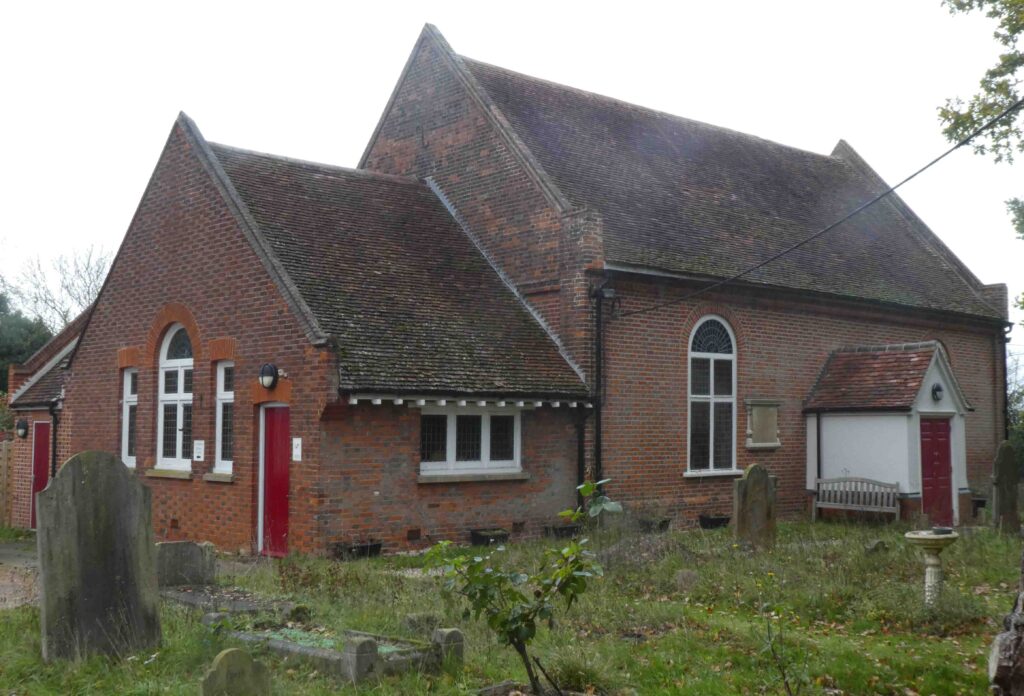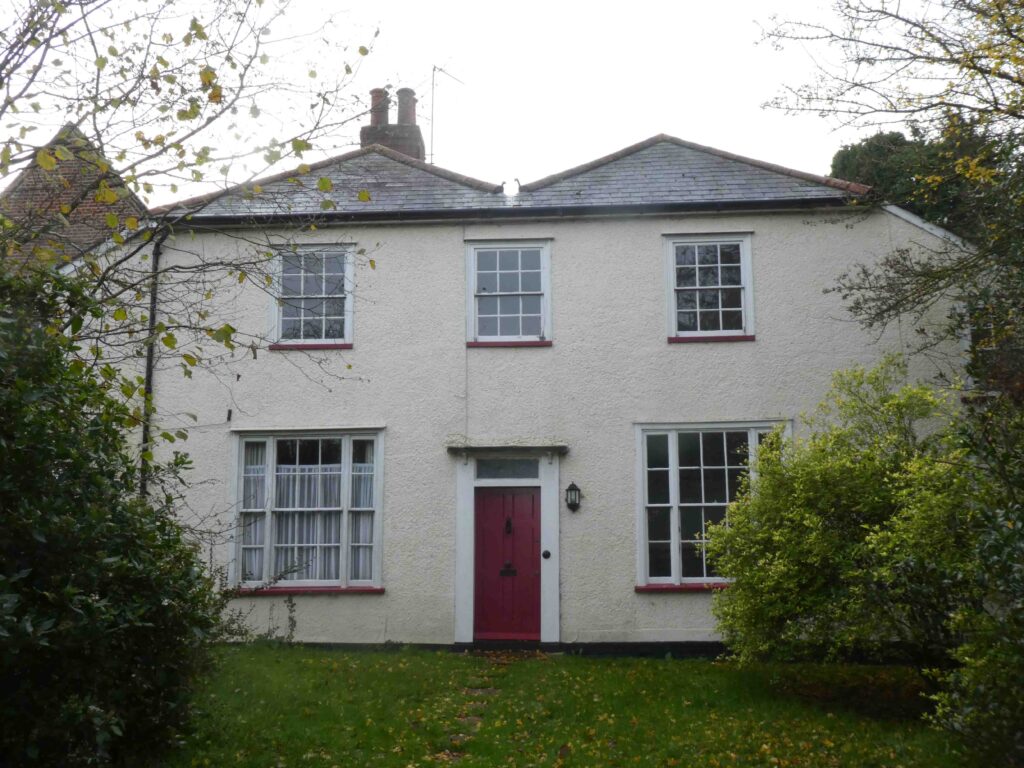Little Baddow Chapel dates to the early 18th century making the building one of the oldest nonconformist churches in Essex.

Nonconformism was common in East Anglia in the 17th century and there appears to have been a strong strand of Puritanism in Little Baddow. In 1662, the vicar Thomas Gilson resigned his living rather than conform to the established church. He formed a separate congregation, with some of his parishioners, which are believed to have first met at Tofts and later, according to tradition, at Cuckoos.
In the mid-seventeenth century, Sir Gobert Barrington, a Puritan sympathiser, bought the Hall and Tofts manors, living at the latter house. In 1708, his son Francis gave Bridge croft to the minister, Thomas Leavesley, for a building to be erected and used as a “Meeting house for the public worship of God by the dissenting congregation of Protestants in and about Little Baddow aforesaid whereof the said Thomas Loewesley is now Minister or Parson”. Mr. Leavesley is reputed to have had a congregation of about three hundred persons at the time.

The manse was built in the 1790s as a residence for the minister. In early years it was also the site of a school run by the minister. Census returns between 1821 and 1861, shows several boys living at the manse. A few would have been the minister’s own sons, but most must have been boarders. During the WWII the manse schoolroom was used for teaching evacuees.